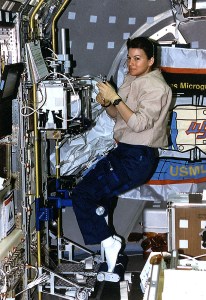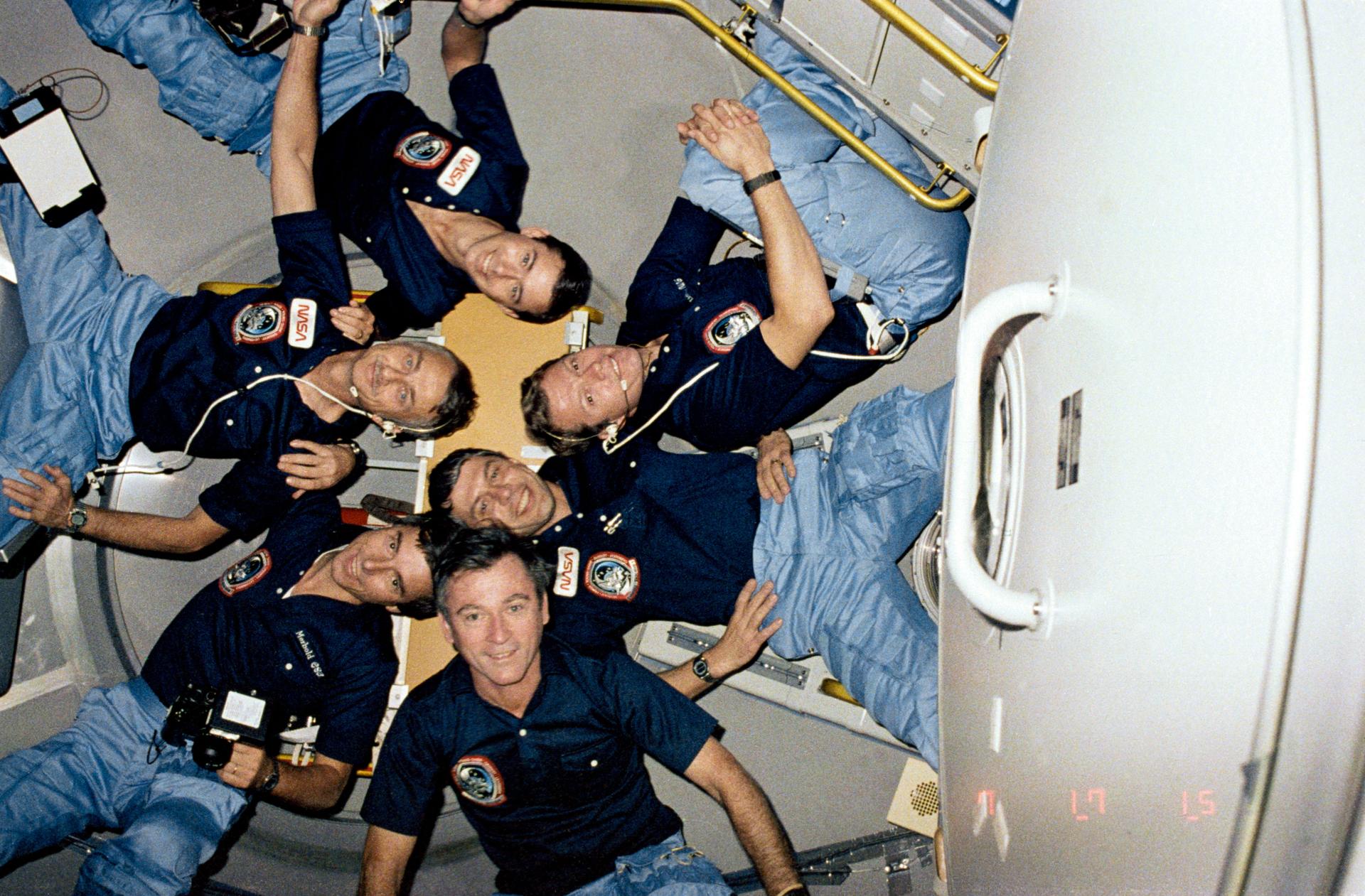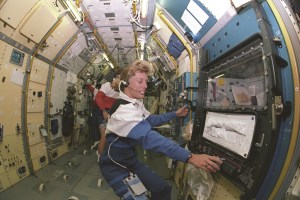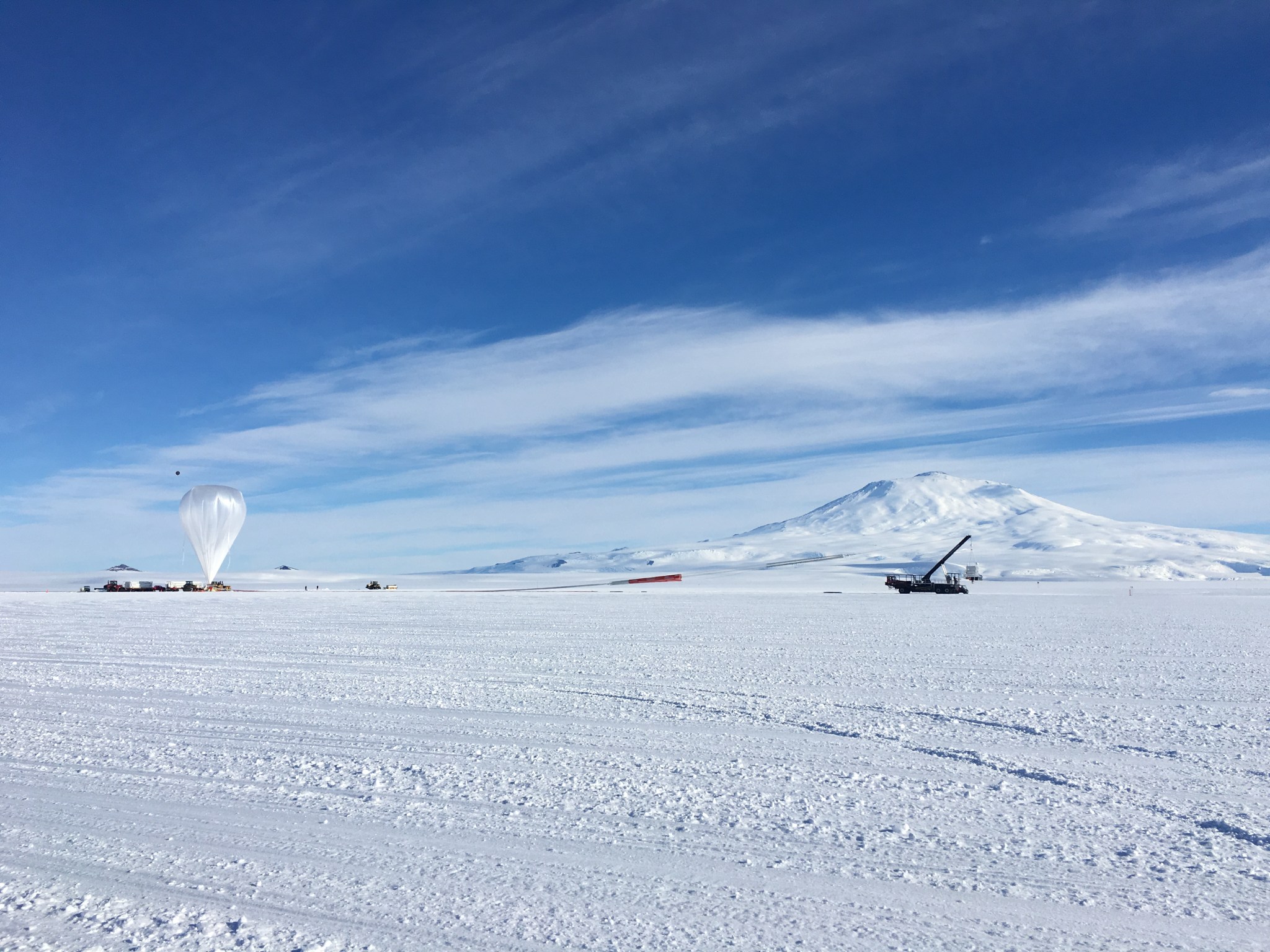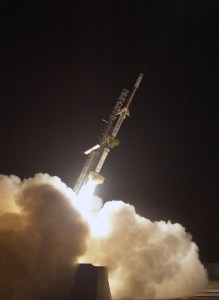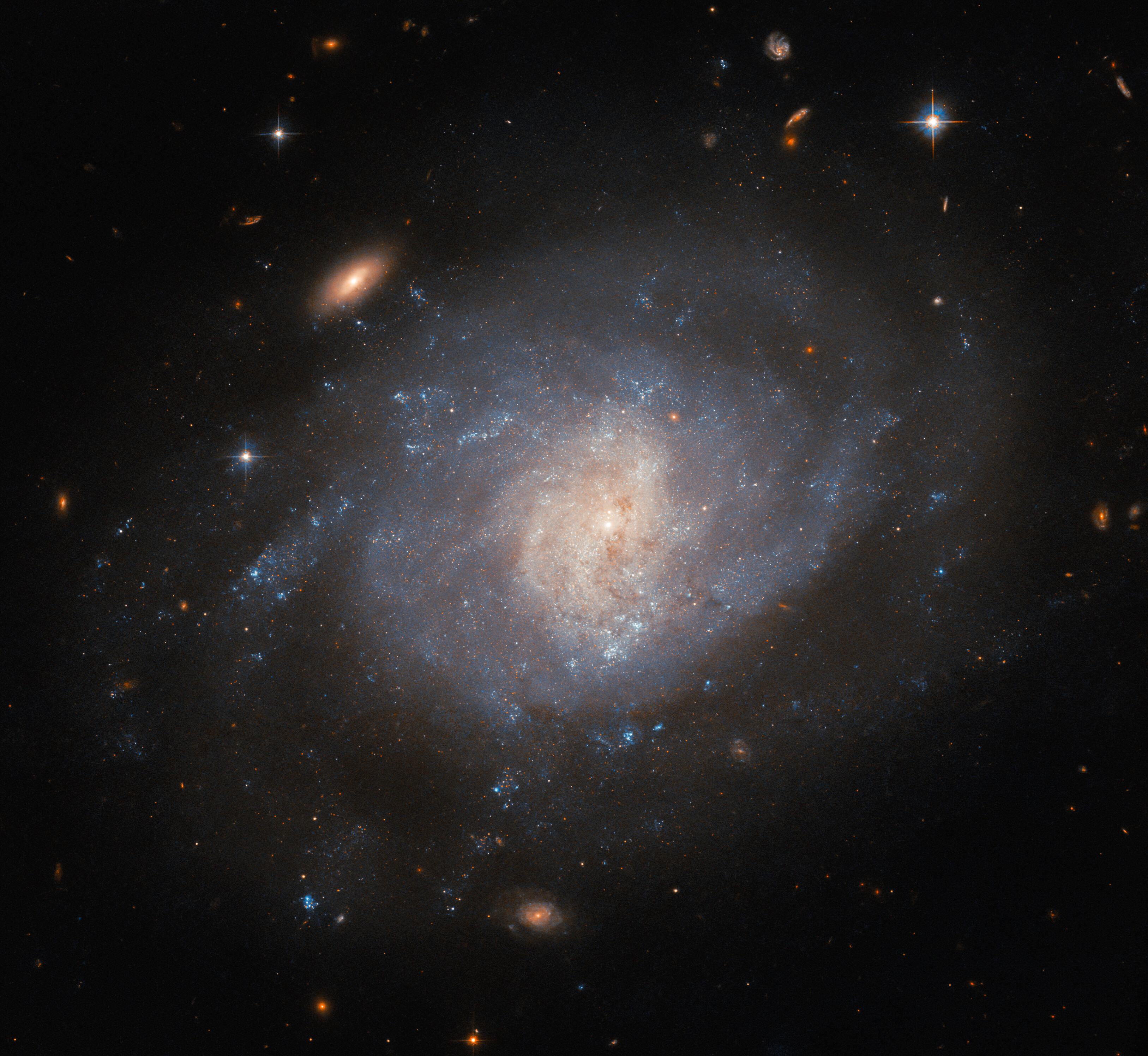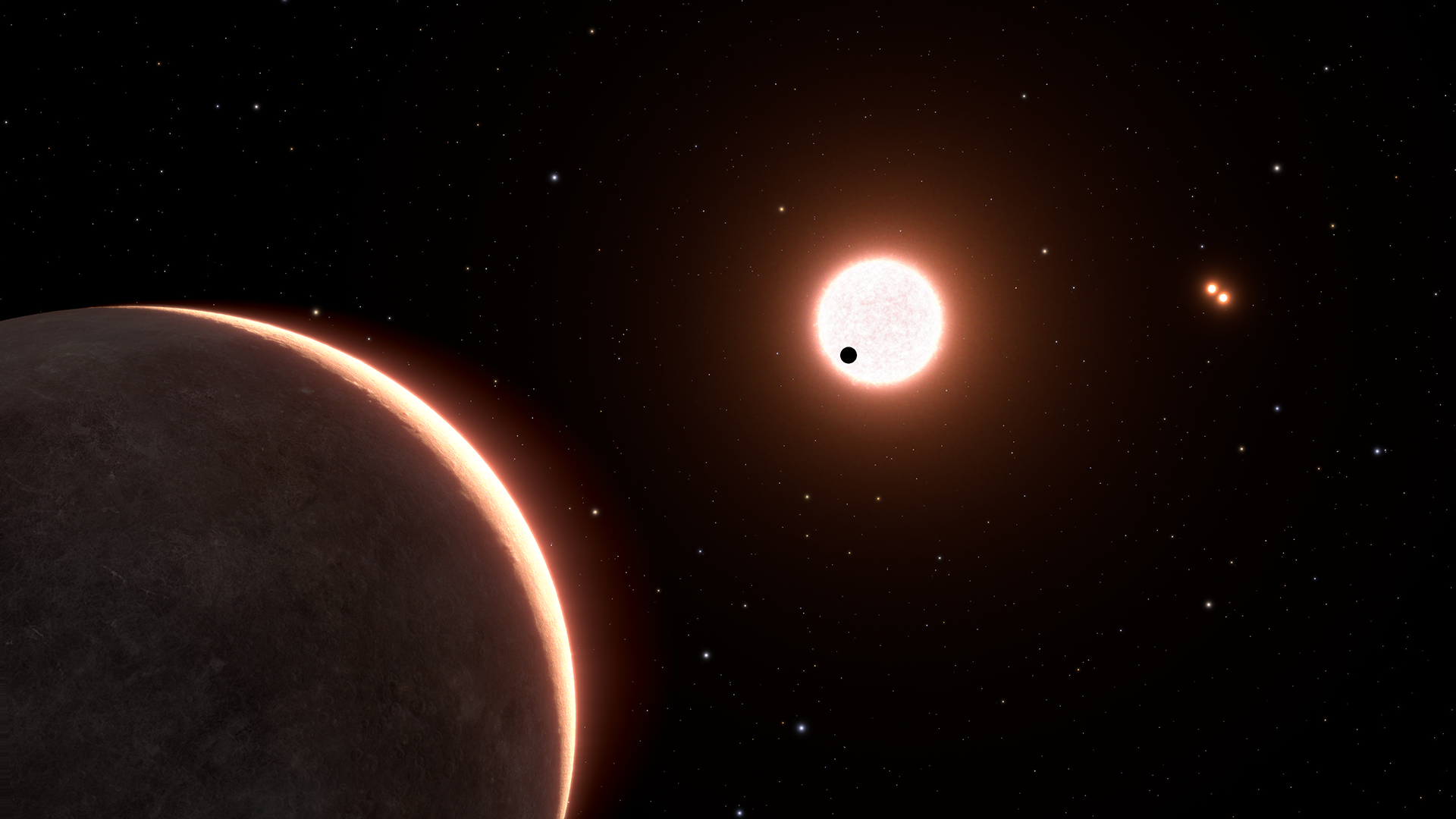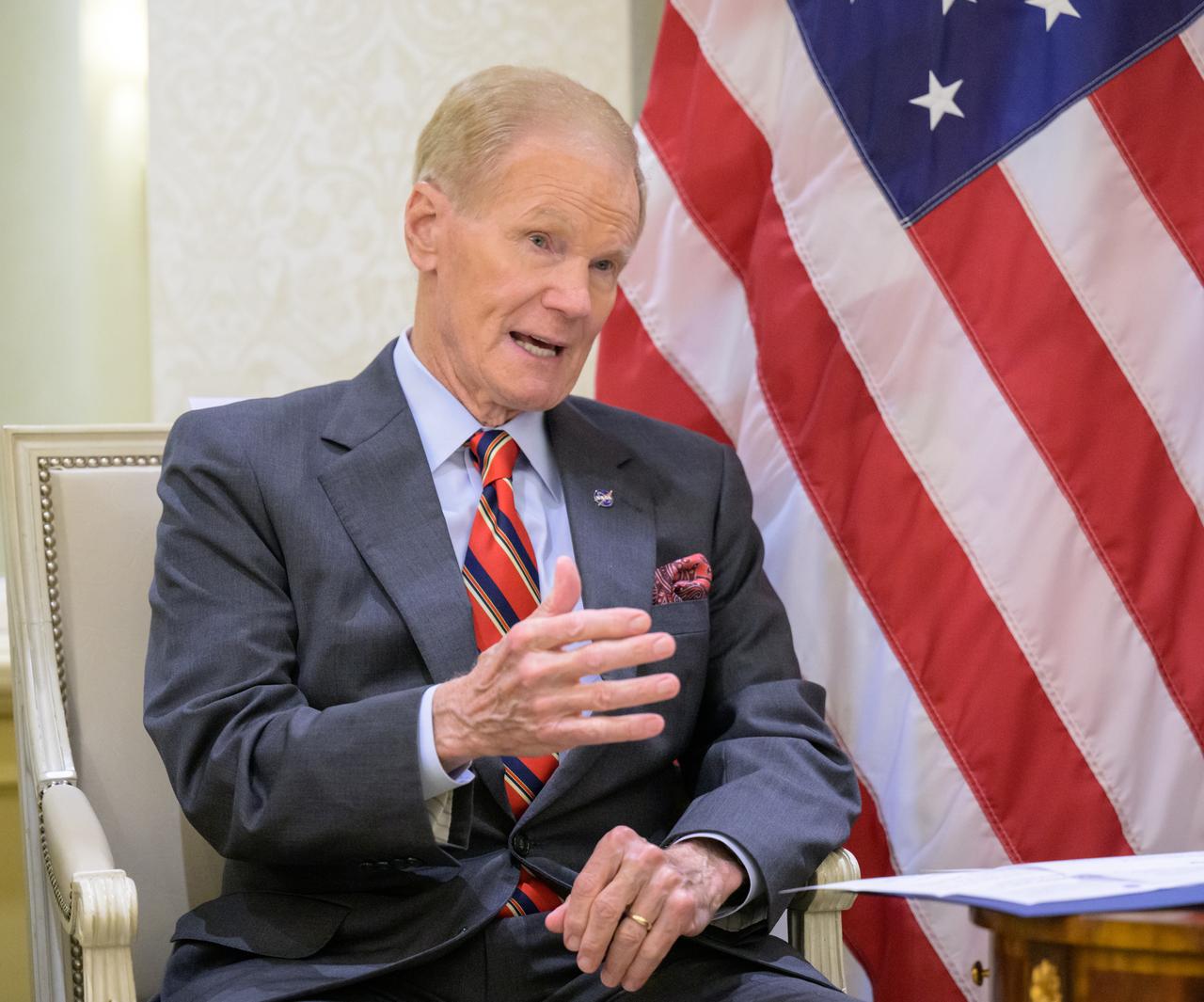Spacelab 1: A Model for International Cooperation
Spacelab 1: A Model for International Cooperation

NASA
Forty years ago, in 1983, the Space Shuttle Columbia flew its first international spaceflight, STS-9. The mission included—for the first time—the European Space Agency’s Spacelab pressurized module and featured more than 70 experiments from American, Canadian, European, and Japanese scientists. Europeans were particularly proud of this “remarkable step” because “NASA, the most famous space agency on the globe,” included the laboratory on an early Shuttle mission. NASA was equally thrilled with the Spacelab and called the effort “history’s largest and most comprehensive multinational space project.” The Spacelab became a unifying force for all the participating nations, scientists, and astronauts. As explained by one of the mission’s payload specialists, Ulf Merbold, while the principal investigators for the onboard experiments might be British or French, “there is no French science, and no British science [on this flight]. Science in itself is international.” Scientists flying on the mission, and those who had experiments on board, were working cooperatively for the benefit of humanity. As then Vice-President George H. W. Bush explained, “The knowledge Spacelab will bring back from its many missions will belong to all mankind.”1
The knowledge Spacelab will bring back from its many missions will belong to all mankind.
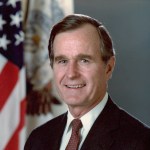
George H. W. Bush
U.S. Vice President (1981–1989)
Training for the flight required international cooperation on an entirely new scale for the American space program. Today it is not unusual to hear about an astronaut training for spaceflight at many different locations and facilities across the globe. NASA’s astronauts have grown accustomed to training outside of the United States for months at a time before flying onboard the International Space Station, but that was not the experience for most of NASA’s flight crews in the agency’s early spaceflight programs. Mission training mainly took place in Houston at the Manned Spacecraft Center (now Johnson Space Center) and in Florida at the Cape. The Apollo-era featured only one international flight, the Apollo-Soyuz Test Project (ASTP), with astronauts training in the two participating nations: the USSR and the United States.
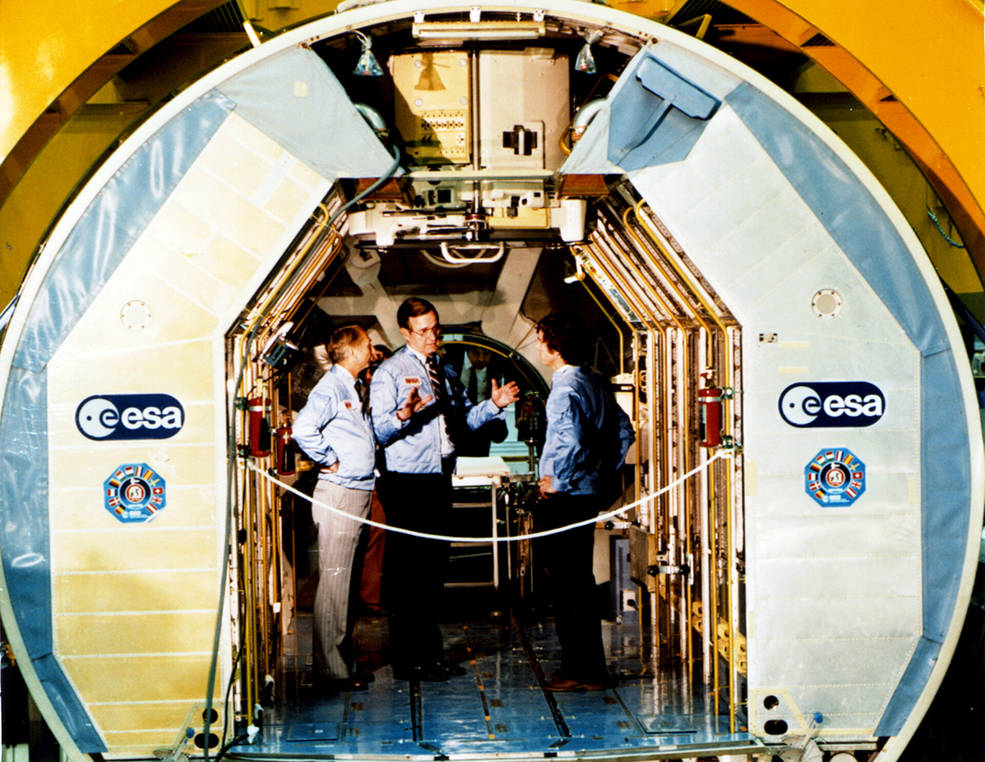
It also rarely makes news these days when someone who is not a professional astronaut or cosmonaut flies in space. In the past, flying in space was a professional occupation. This all changed with the development of the Space Shuttle and Spacelab, which birthed a new space traveler: the payload specialist. The individuals selected for these positions were not career astronauts. The payload specialists were experts on a specific payload or an experiment, and during the early years of the Space Shuttle program came from a wide variety of backgrounds: the Air Force, Congress, industry, and even the field of education. The principal investigators for this science-based mission selected the payload specialists who flew in space and operated their experiments. Spacelab 1 was unique in providing the first opportunity for a non-American, a European, to fly onboard a NASA spacecraft.
In the summer of 1978, NASA chose scientist-astronauts Owen K. Garriott and Robert A. R. Parker as mission specialists for the Spacelab 1 crew. Garriott, who had been selected as an astronaut in 1965, had flown on America’s first space station as a member of the Skylab 3 crew, a team that exceeded all expectations of flight planners and principal investigators. Parker had also applied to be a scientist-astronaut and was selected in 1967. His class jokingly called themselves the “XS-11” [pronounced excess-eleven], because they had been told there was no room for them in the corps and they would not fly in space, not immediately anyway. Parker worked on Skylab as the program scientist, but once the program ended, he accepted a new title: chief of the Astronaut Office Science and Applications Directorate, where he spent the next few years working on Spacelab matters. It was perfect timing for the astronaut to turn his attention to this international program. Once Skylab ended in 1974, representatives of Europe’s Space Research Organization (ESRO) and members of ERNO, the Spacelab contractor, started traveling to Houston and Huntsville to give the two NASA centers updates on the development of the Spacelab and to hold discussions on the module. In a 1974 press conference, ESRO’s Heinz Stoewer emphasized the “very intense cooperation,” he witnessed “with our friends here in the United States in making this program come true.”2
Around the same time, as Spacelab was being built, the European Space Agency (ESA) began considering who might fly on that first flight. Three days before Christmas in 1977, ESA released the names of their four payload specialist candidates: Wubbo Ockels, Ulf Merbold, Franco Malerba, and Claude Nicollier. Two Americans, Byron K. Lichtenberg and Michael L. Lampton, were selected in the summer of 1978 as potential payload specialists.3
The Spacelab 1 payload crew, which operated the module and the mission’s experiments in the payload bay of the Orbiter, included two mission specialists, Garriott and Parker, and two payload specialists, one from the United States and another from the European Space Agency. The payload crew and their backups began training many years before the Space Shuttle Columbia launched into space on STS-9. (The original launch date of December 1980 kept slipping so the crew ended up training for five years.)4 Training in Europe began in earnest in 1978, while training in the United States and Canada began in 1979.5 Merbold was eventually selected to fly on the mission along with Lichtenberg. The entire payload crew spent so much of their time travelling to Europe that John W. Young, who was then chief of the Astronaut Office, called their flight assignment and European training, which involved travel to exotic locations like Rome, Italy, “a magnificent boondoggle. In my next life,” he declared, “I’ll be an MS [mission specialist] on S Lab [Spacelab].”6
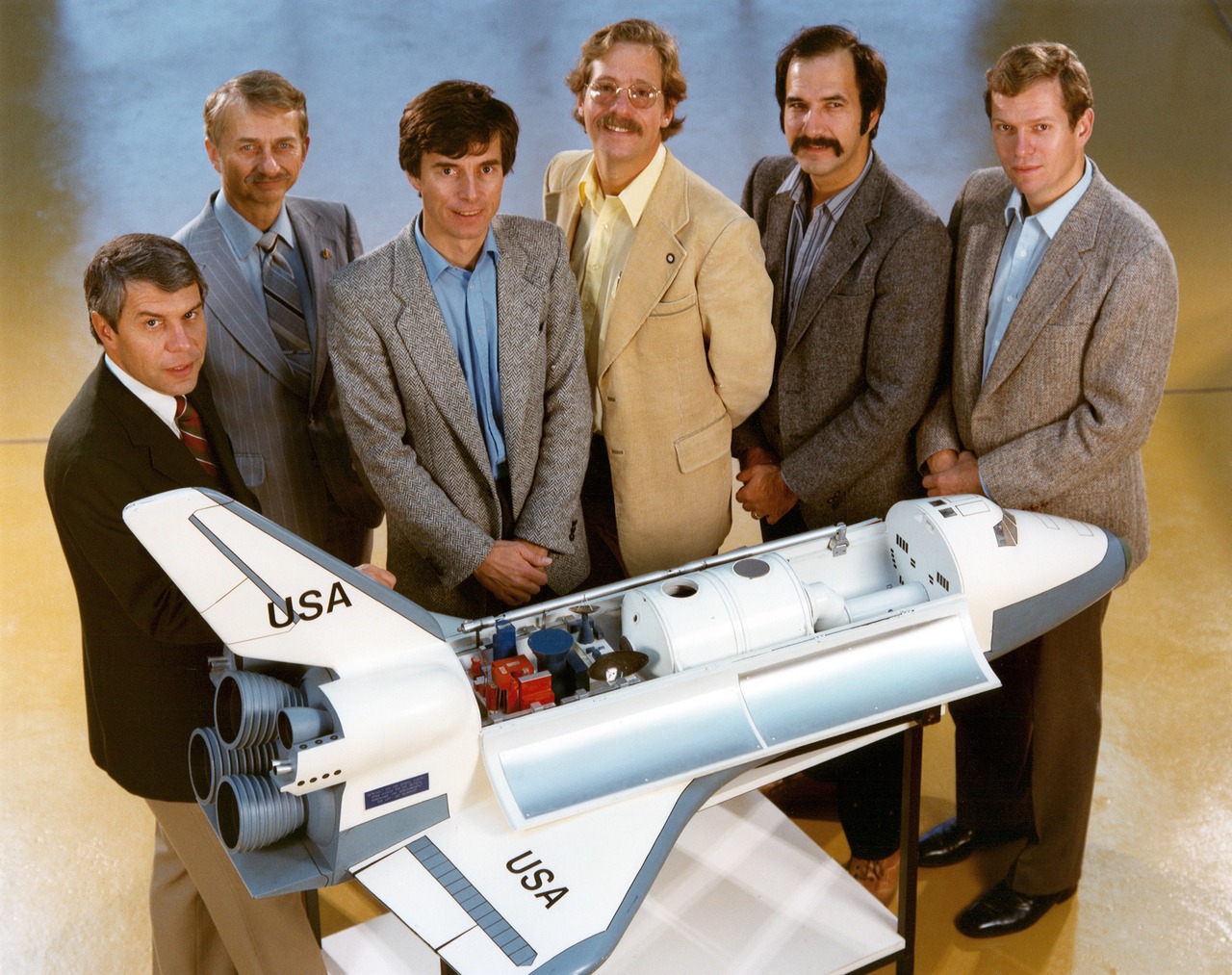
Lichtenberg recalled the science crew, the prime and backup payload specialists and mission specialists, traveled the globe “like itinerant graduate students … to study at the laboratories of the principal investigators and their colleagues.” In these laboratories, universities, and at research centers across Europe, Canada, and Japan, they learned about the equipment and experiments, including how to repair the hardware if something broke or failed in flight. Lichtenberg felt like he was earning multiple advanced degrees in the fields of astronomy and solar physics, space plasma physics, atmospheric physics, Earth observations, life sciences, and materials science. The benefits of training were numerous, but perhaps the most important were the personal and professional relationships that were built with the investigators from across the world and with his crewmates.7
For the payload specialists, building relationships within the astronaut corps proved to be more complicated. Merbold recalled traveling to the Marshall Space Flight Center in Alabama and receiving a warm welcome. “But in Houston you could feel that not everyone was happy that Europe was involved. Some also resented the new concept of the payload specialist ‘astronaut scientist,’ who was not under their control like the pilots. We were perceived to be intruders in an area that was reserved for ‘real’ astronauts.” As an example, the European astronauts could not use the astronaut gym or take part in T-38 flight training. Over time, attitudes changed, and Garriott credited STS-9 Mission Commander John Young with the shift, and so did Merbold. As the crew was preparing to fly, the former moonwalker took Merbold on a T-38 ride, and when the payload specialist asked if he could fly the plane, Young willingly offered him the opportunity. After that flight, Merbold recalled that he “enjoyed John Young’s unqualified support.”8
Friendships blossomed on the six man-crew. Parker called Pilot Brewster H. Shaw and Commander Young “two of [his] best friends to this day.”9 For Merbold, the flight cemented a significant bond between the STS-9 astronauts. He had “no brothers, no sisters,” he was an only child, but the Columbia crew became his family. “My brothers are those guys with whom I trained and flew,” he said.10 Young and Merbold had an especially close bond. Garriott saw that relationship up close on the Shuttle, and later told an oral historian, “Young had no better friend on board our flight than Ulf Merbold.” The two remained close until Young’s death.11
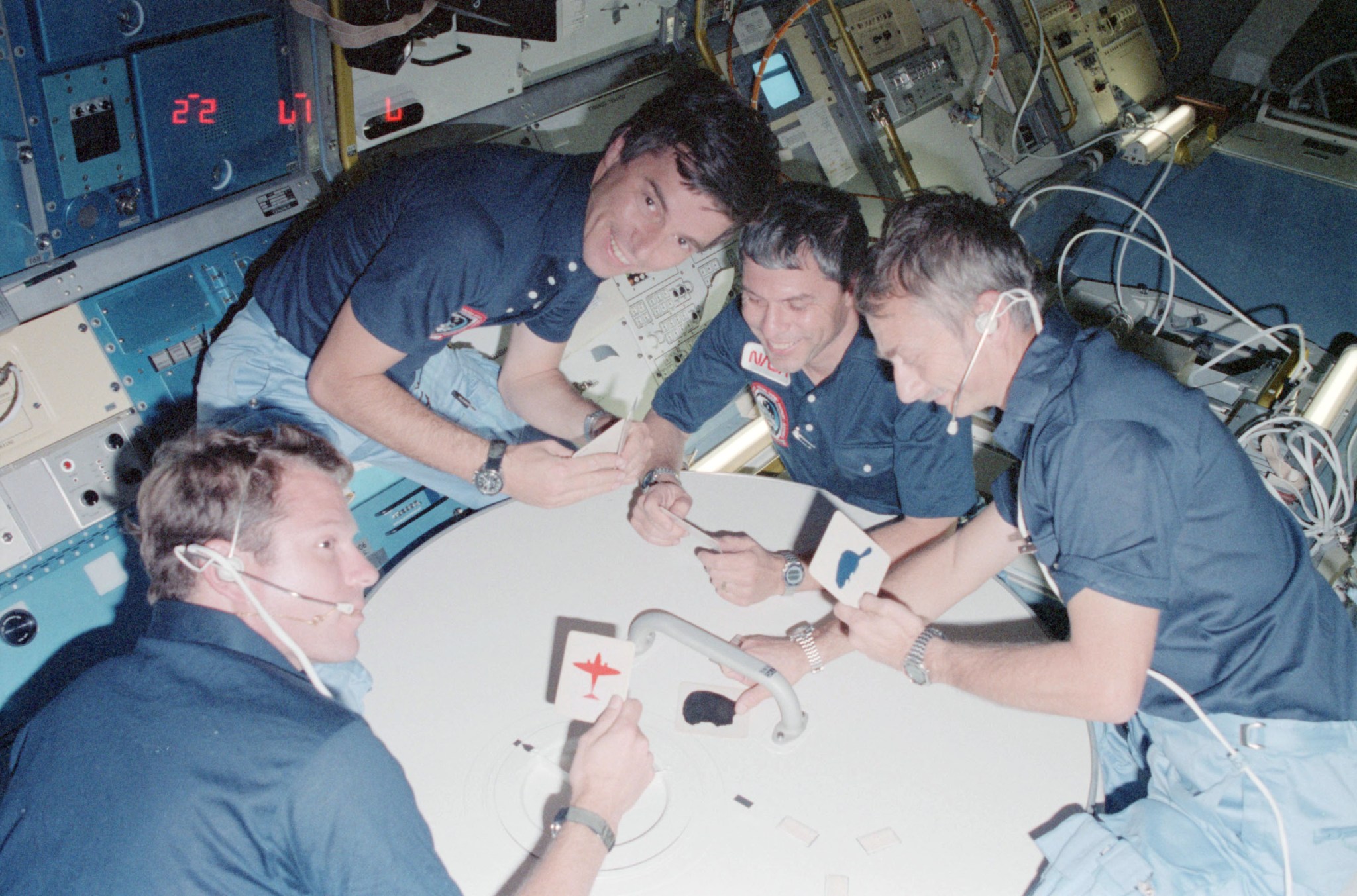
Following landing, Flight Crew Operations Directorate Chief George W.S. Abbey told the crew that the science community was “very pleased.”12 The first international spaceflight since ASTP brought scientists, astronauts, and space agencies from across the globe together, laying the foundation for bringing Europe into human spaceflight operations and kicking off a different approach to training and performing science in space. As Spacelab 1 Mission Manager Henry G. Craft and Richard A. Marmann explained, the program “exemplified what can be accomplished when scientists and engineers from all over the world join forces, communicating and cooperating to further advance scientific intelligence.”13 Eventually, the international cooperation Craft and Marmann witnessed led to today’s highly successful International Space Station Program.
Notes
- Walter Froehlich, Spacelab: An International Short-Stay Orbiting Laboratory (Washington, DC: NASA, 1983); St. Louis Post-Dispatch, November 28, 1983.
- JSC News Release, “Mission Specialists for Spacelab 1 Named at JSC,” 78-34, August 1, 1978; Robert A.R. Parker, interview by author, October 23, 2002, transcript, JSC Oral History Project; “Europeans To Fly Aboard Shuttle,” Roundup, March 29, 1974, 1.
- “Four European Candidates Chosen for First Spacelab Flight,” ESA Bulletin (February 1978), no. 12: 62; “Two US scientists selected Spacelab payload specialists,” Roundup, June 9, 1978, 4.
- In the crew report, Parker counted his time monitoring the Spacelab, so he concluded that the mission specialists trained even longer, from 5 to 9 years.
- “Spacelab Scientists Tour USA,” Space News Roundup, January 12, 1979, 1.
- Harry G. Craft, Jr. to George W.S. Abbey, February 25, 1982, Spacelab 1 Payload Crew Experiment Training Requirements, Robert A.R. Parker Papers II, Box 28, JSC History Collection, University of Houston-Clear Lake.
- Byron Lichtenberg, “A New Breed of Space Traveller [sic],” New Scientist, August 1984, 9.
- ESA, “Ulf Merbold: STS-9 Payload Specialist,” November 26, 2013; ESA, “Ulf Merbold: remembering John Young [1930-2018],” August 22, 2018.
- Parker interview.
- ESA Explores, “Time and Space: ESA’s first astronaut,” podcast, November 25, 2020.
- Owen K. Garriott, interview by Kevin M. Rusnak, November 6, 2000, transcript, JSC Oral History Project; ESA, “Ulf Merbold: remembering John Young.”
- Garriott interview.
- Henry G. Craft, Jr., and Richard A. Marmann, “Spacelab Program’s Scientific Benefits to Mankind,” Acta Astronautica 34 (1994): 304.
Share
Details
Related Terms
Powered by WPeMatico
Get The Details…
Jennifer Ross-Nazzal



